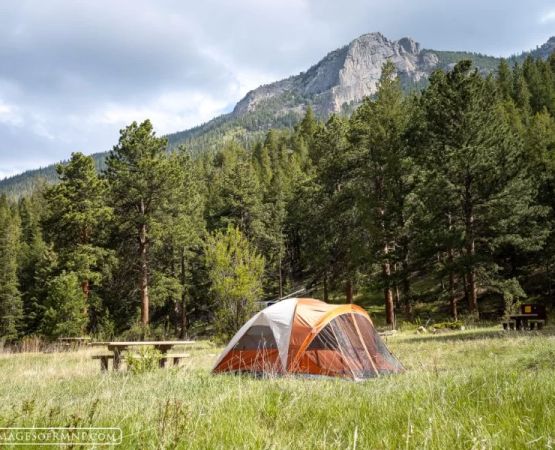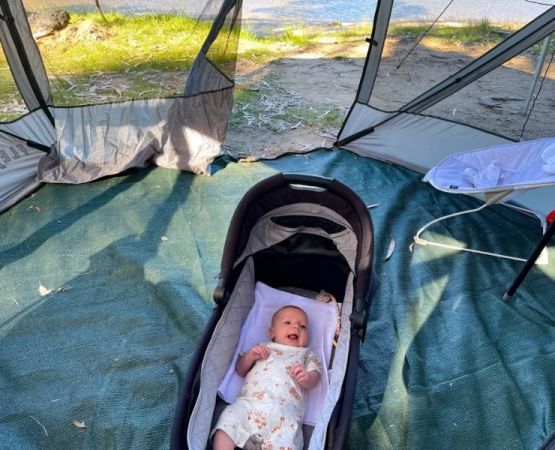- 1 - Why a Sleeping Bag Liner Matters in Winter Camping
- 2 - Comparing Sleeping Bag Liner Materials for Warmth
- 3 - How Liners Enhance Insulation and Extend Bag Life
- 4 - Tips for Choosing the Right Sleeping Bag Liner
- 5 - Real Winter Camping Experiences with Liners
- 6 - Practical Preparation and Extra Comfort Tips
1 - Why a Sleeping Bag Liner Matters in Winter Camping
When temperatures drop, even the best sleeping bag can sometimes leave you shivering at night. A sleeping bag liner adds an extra layer of insulation, helping you retain heat more effectively. For winter campers, this can make the difference between a restful night and a cold, restless one. Beyond warmth, liners also add a layer of hygiene, protecting the inside of your bag from sweat, dirt, and oils accumulated during multi-day trips.
2 - Comparing Sleeping Bag Liner Materials for Warmth
Not all liners are created equal, and material choice plays a big role in warmth and comfort. Fleece liners are popular for their excellent insulation and cozy texture, though they add bulk. Silk liners are lightweight and packable, offering moderate warmth with a luxurious feel. Cotton liners are affordable but can retain moisture, making them less ideal in damp winter conditions. Thermolite and microfiber liners strike a balance between warmth, weight, and breathability, making them a strong choice for cold-weather camping.
3 - How Liners Enhance Insulation and Extend Bag Life
Adding a liner doesn’t just provide warmth—it also enhances the performance of your existing sleeping bag. By trapping warm air close to the body, liners can increase the temperature rating of your sleeping bag by several degrees. Over time, using a liner reduces wear on your bag’s inner fabric, extending its lifespan. For campers investing in high-quality winter bags, a liner is an affordable way to protect that investment while boosting cold-weather performance.
4 - Tips for Choosing the Right Sleeping Bag Liner
Selecting the right liner depends on your camping conditions and personal comfort preferences. If weight and packability are top priorities, silk or microfiber liners are excellent choices. For harsh, freezing nights, fleece or insulated Thermolite liners provide superior warmth. Consider size compatibility with your sleeping bag—oversized liners can bunch up, while undersized ones restrict movement. Campers can also find useful recommendations from trusted outdoor retailers and resorts like Pine Cliff Resort, where staff often share firsthand insights into the best gear for winter adventures.
5 - Real Winter Camping Experiences with Liners
Many campers share stories of how liners transformed their cold-weather trips. One backpacker in the Rockies described how a simple Thermolite liner kept her comfortable during a sudden snowstorm when her 20°F-rated bag was not enough. Another winter hiker noted that switching from a cotton liner to fleece reduced dampness and improved sleep quality significantly. These real experiences highlight how a seemingly small piece of gear can drastically improve safety and comfort in unpredictable winter conditions.
6 - Practical Preparation and Extra Comfort Tips
Using a liner effectively involves more than just slipping it into your bag. Make sure it’s clean and dry before packing, as damp liners can make you colder. Pairing your liner with a quality sleeping pad helps insulate against ground chill. Wearing thermal base layers inside the liner can maximize warmth without adding too much bulk. Finally, practice rolling and folding your liner for easy packing, as convenience on the trail is just as important as comfort at night.







